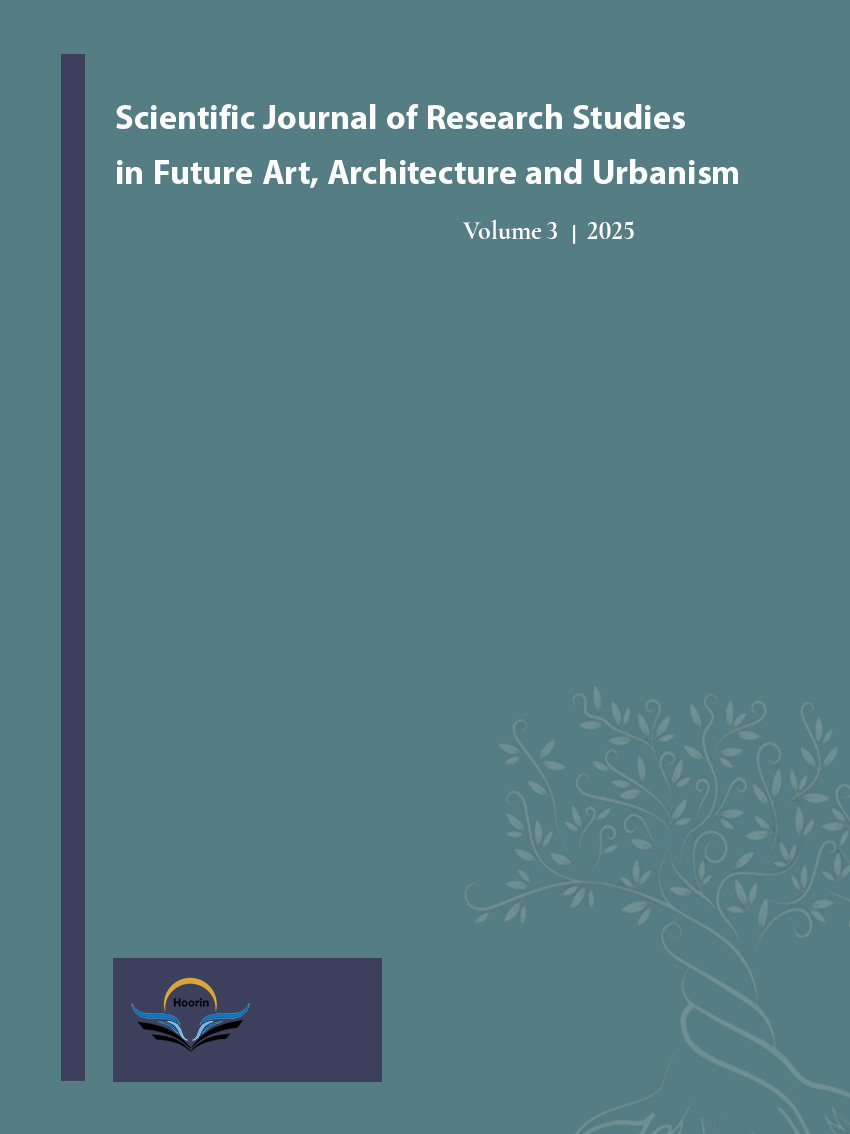Application of Responsive Concepts to Bionic Architecture in the Design of Sustainable Commercial-Cultural Complexes (Case Study: Mashhad)
Keywords:
Bionic Architecture, Responsive Design, Sustainability, Commercial-Cultural Complex, Case Study, MashhadAbstract
In the contemporary era, attention to sustainability and the use of natural patterns in architectural design has become one of the main focuses in urban development. Bionic architecture, as an innovative approach inspired by the structures, functions, and mechanisms of nature, provides an appropriate framework for creating responsive, sustainable, and climate-adaptive spaces. The aim of this paper is to explore the application of responsive concepts in bionic architecture for the design of sustainable commercial-cultural complexes. The research method is descriptive-analytical, based on the study of selected built examples at both international and domestic levels (with a focus on Mashhad). The analysis of the examples focuses on bionic elements, how the structures respond to the climate, user behavior, and energy consumption. The results show that utilizing bionic concepts in the design of commercial-cultural complexes can lead to enhanced human-environment interaction, reduced energy consumption, and improved spatial experience quality. Finally, suggestions for localizing these patterns in the city of Mashhad are provided.
Downloads
Published
Issue
Section
License
Copyright (c) 2025 Scientific Journal of Research Studies in Future Art, Architecture and Urbanism

This work is licensed under a Creative Commons Attribution 4.0 International License.





